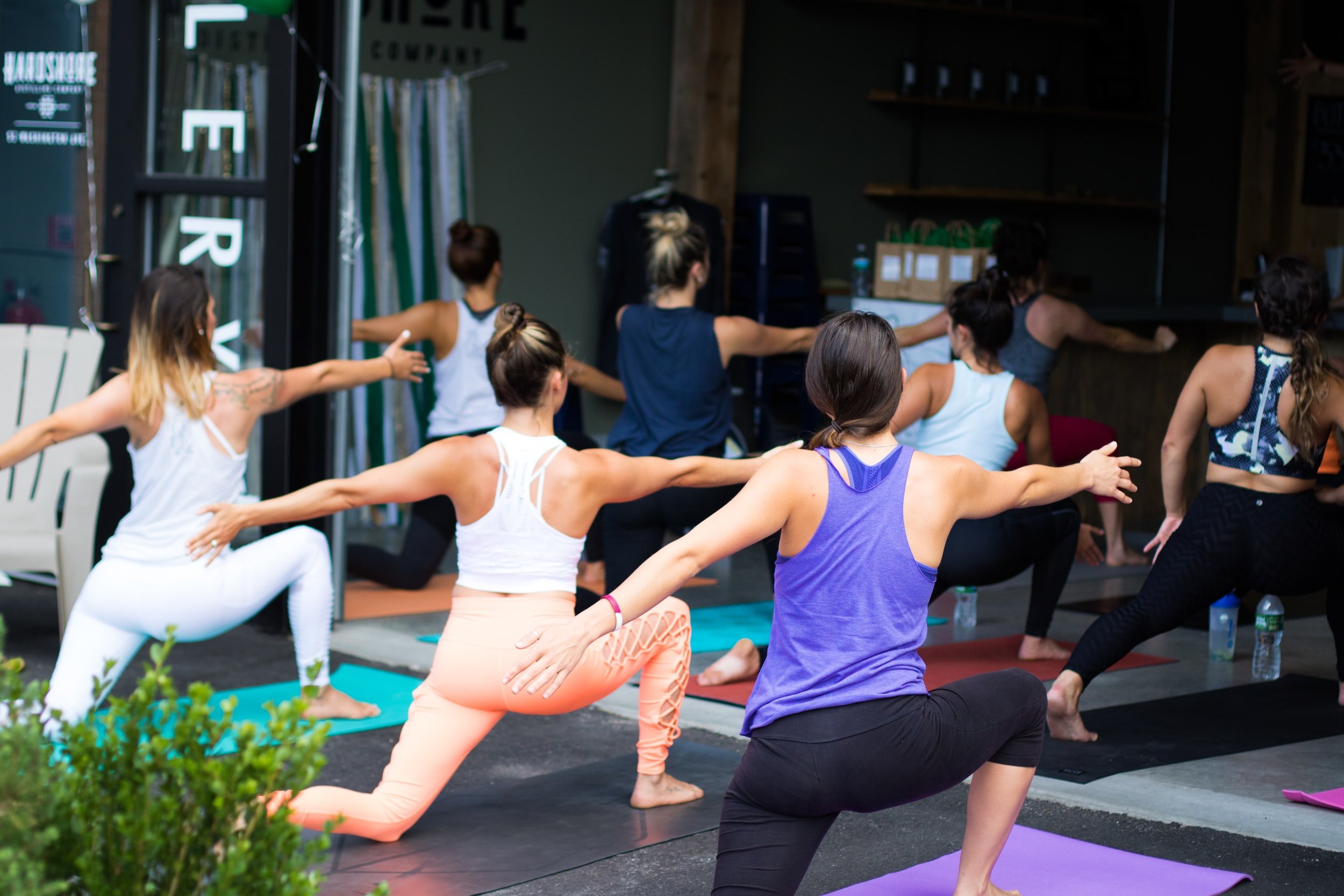Absolutely!!! Now, don’t get me wrong, we may need to make some small modifications and give you some new tools/tips/tricks to use while you’re exercising, however, I don’t ever want to tell anyone that they can’t do something. Just know that we may have to change the way something is done or modify to meet your needs and goals.
First of all, what the heck is pelvic organ prolapse? According to the Office of Women’s Health, Pelvic Organ Prolapse (POP) is happens when the pelvic organs (bladder, uterus, or rectum) come into the vaginal opening due to weakened or loose pelvic floor muscles. It has also been shown to happen when there is weakness in the ligamentous structures that hold the uterus. This weakness can cause the organs to shift into the vaginal canal leaving a woman with a feeling of heaviness, a sense that the organs are “falling out,” pain, and possible urinary retention (feeling as though you can’t fully empty the bladder) or incontinence and even fecal (bowel) incontinence or feeling as though you can’t fully empty the bowels.
Many women feel discouraged or frustrated when they receive a diagnosis of Pelvic Organ Prolapse. You may be feeling scared, worried, unsure, and want to run for the hills rather than get back to lifting weights and running. I’m here to tell you that you don’t have to worry. We can help with POP in many cases. By working with you and your doctor, we can determine exercises that are more comfortable for you, or ways to do your current exercise routine that doesn’t cause pain, leaking, or a feeling of heaviness.
Since each person is different and each prolapse is different with symptoms ranging from not interfering with day to day activities to heaviness with daily tasks, it is difficulty to talk about general statements or exercises to address pelvic organ prolapse. You want to work with your women’s health physical therapy to find out what movements work best for you.
Here are some things to get you thinking and playing around with movement to see what feels best, then you can work with someone to build your exercise program to fit your needs.
Thinking about how your hips move, does it feel better if you tilt your pelvis forward, how about tilting your pelvis backwards? How about if you sit back farther in your chair? How about if you sit back and lead with your bottom when going into a squat? What if you slouch? Are your symptoms, better, worse, or do they stay the same?
When do you notice your symptoms the most? Beginning of the day, end of the day? After a lot of standing and walking? During or after intercourse? After urinating? When your bladder is full? When you bladder is empty?
Do squats make symptoms worse? Is there a certain amount of weight that seems to be your threshold, after which, your symptoms are much worse? Do deadlifts increase pain, pressure, or leaking? Does running present a problem for you? Is it only after a certain mileage? Do you feel more symptoms with abdominal work? With loading up with weights? With jumping?
I encourage you to think through some of these questions for a few days/weeks and start to find a pattern to your symptoms, then talk to a professional who can help guide you to safe and effective exercises that fit your needs! As always, we’re here to help and answer your questions!


